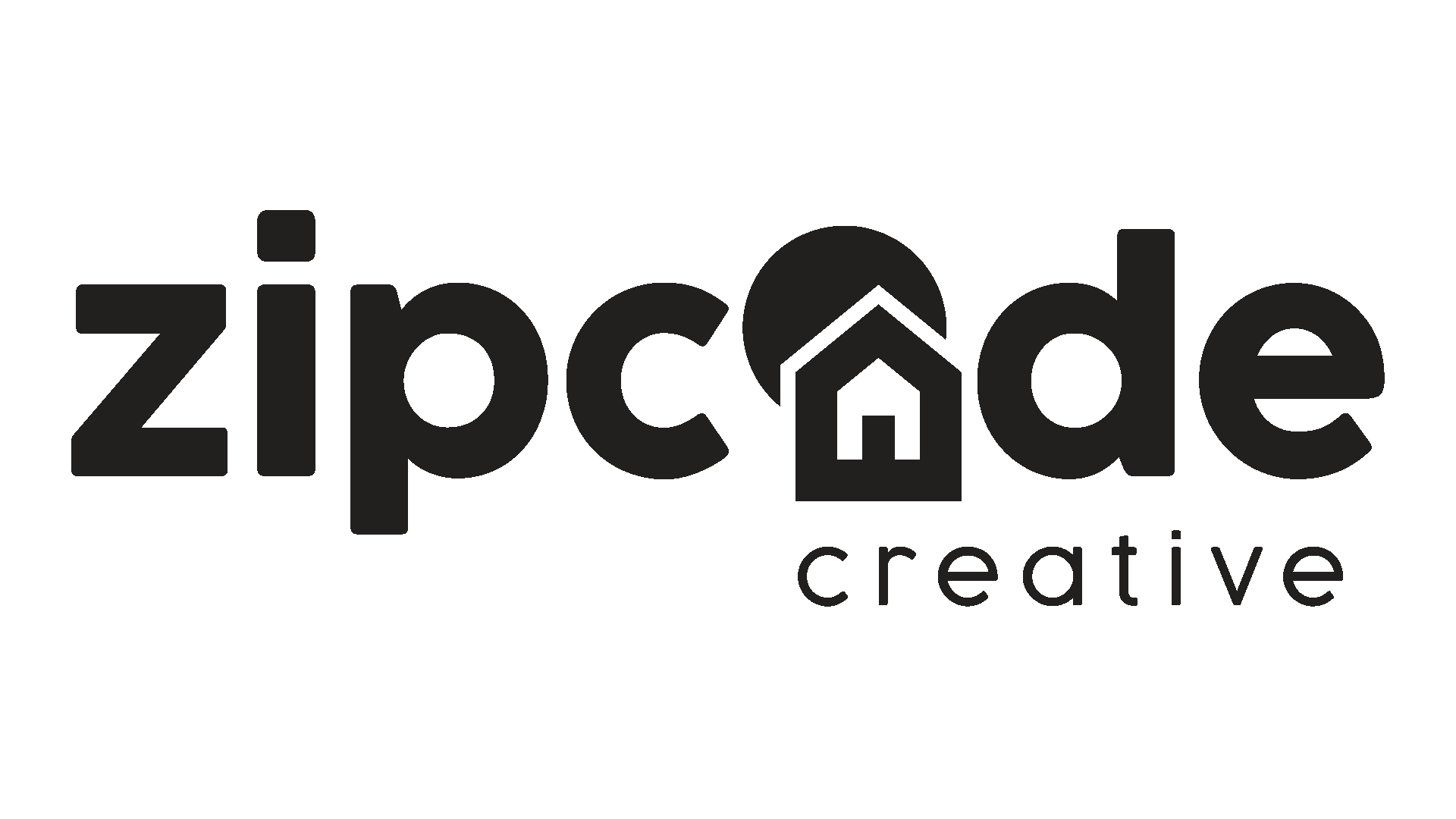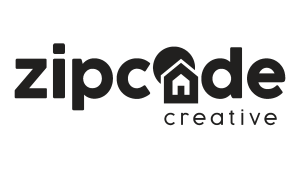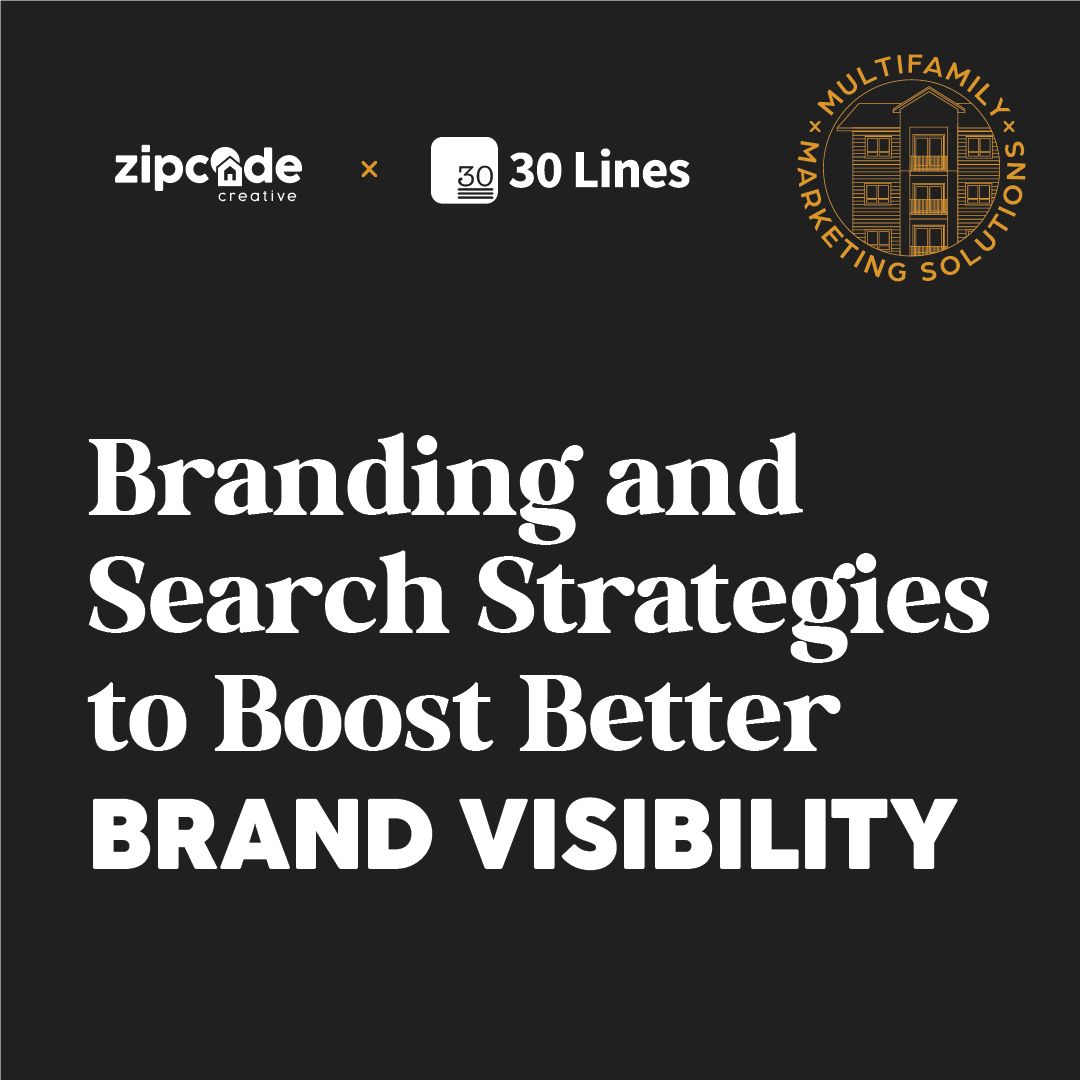
Branding and Search Strategies to Boost Better Brand Visibility
Stacey Feeney
Better branding and better SEO results don’t have to be mutually exclusive. In the same way that it makes sense to establish your brand identity before you build your website, crafting your brand’s verbal identity before you attempt SEO is also in your best interest.
Basically: Create the blueprints, build the thing, then invite people to come see it.
In our blog on balancing brand voice and SEO we talk a bit about how having a great brand is ideal, but you also have to be found through search in order for that brand to be seen and experienced online.
To that end, first we’ll talk about developing your brand’s verbal identity, and then we’ll walk through developing a strategy, and then we’ll discuss (with the help of our friends at 30Lines) SEO within the context of brand messaging.
Brand Verbal Identity Development
Your brand voice is how your brand comes to life through words. This includes your content (what you choose to talk about) and your messaging (how you choose to say it.)
A large part of your overall brand includes your visual and verbal identity. Developing a brand’s verbal identity is a little less cut-and-dried than the visual identity (which includes colors, fonts, icons, and imagery.) Verbal identities include:
Brand Statements – Who are you and what do you offer (and why are you special?)
Brand Voice – How others perceive you; your personality, if it could be read aloud
Brand Tone – How you say something—depends on audience and occasion
Brand Story – Why you say things the way you do
Brand Vocabulary – Proprietary words/amenities, how you use grammar and punctuation, and what you do and do not say.
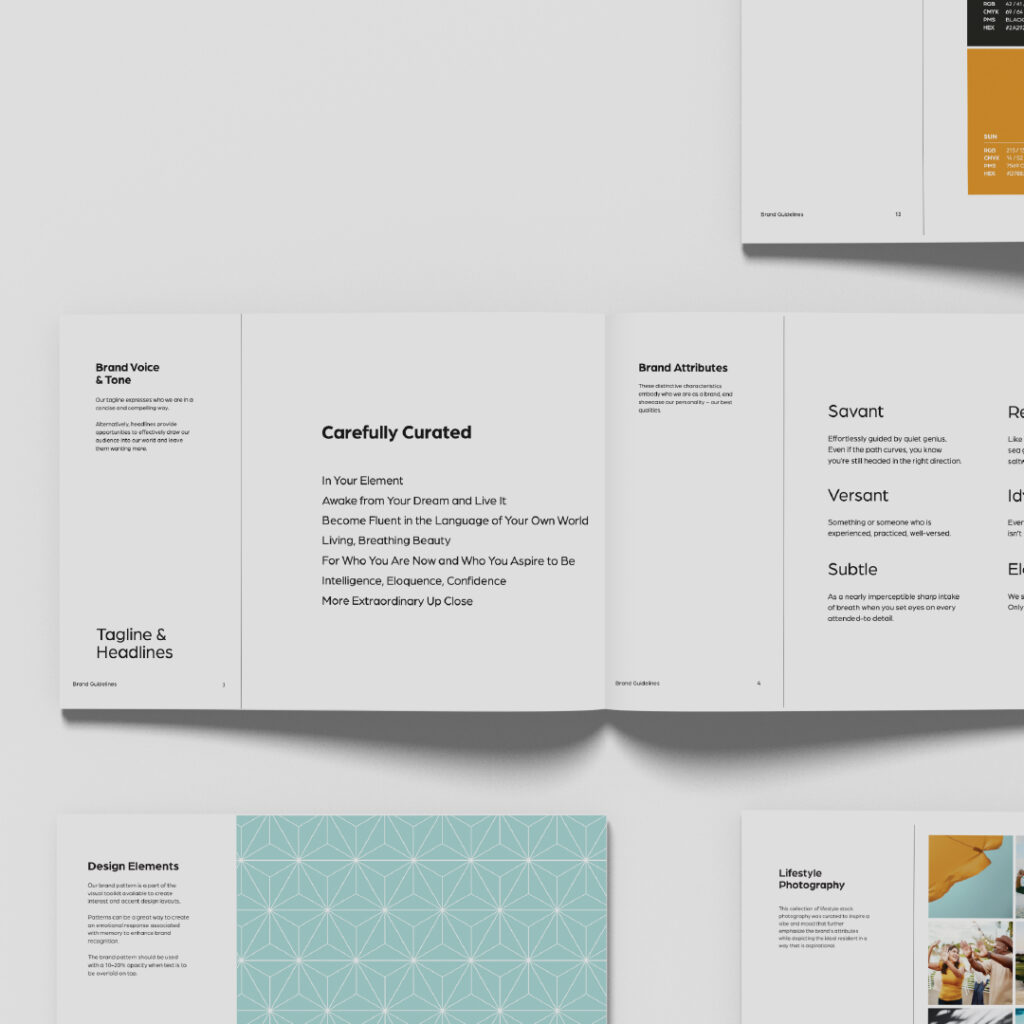
The Importance of Strategic Development
Developing your brand’s verbal identity shouldn’t be a shot in the dark. It should include careful research of your ideal resident and putting your competitors under a microscope to see what they’re doing (and if it’s working.)
IDEAL RESIDENT PROFILE
Resident demographics should influence your brand development. During research and discovery for brand development, the demographics and psychographics of your ideal residents plays a big part in how your brand should be positioned. Does it exude a cool, laidback vibe for all your telecommuting millennial residents? Or does it have a comfortable yet classic sense of exclusivity for your upper-crust active seniors?
Ideally, you’ll develop a profile that’s specific enough for you to be a step ahead (or two) at all times, to become The Community they’ve been searching for.
COMPETITOR RESEARCH
Audience research is great. Creating an ideal resident profile….also great. However, it’s worth taking a look at your competition, too. Are their methods working? If yes, see what you can do similarly, and over and above what they’re doing. If their methods are not working, look for the holes in their strategy and step into the space they’re not occupying.
Differentiation does have some part of this, too. You don’t want to be identical to your competition. Give your prospects a reason to choose you—whether it’s improved amenities or more fun resident events, or an amazingly branded website with crystal clear brand messaging.
Balancing Brand Messaging with SEO
Intrigue. Convince. Convert. That’s what you want your brand messaging to do. But if your ideal resident can’t find it, it’s not going to matter how convincing your writing is.
So, now that you’ve developed your brand voice that will intrigue and delight, it’s time to create copywriting that’s easy to read and grabs attention AND is optimized for search.
A strong brand and productive SEO program actually stem from the same root – deep understanding of your customer.
Brand is an extension of status: it helps the customer say, “This is a product, an experience, a crowd, a place I want to be associated with.”
SEO is how you demonstrate that you’ve thoughtfully checked all the boxes and answered all the questions that same customer is searching for along their apartment shopping journey.
While maintaining your brand voice, look for opportunities to incorporate local SEO elements:
- Use location-specific keywords naturally in your content
- Create neighborhood guides and local event calendars
- Optimize meta tags, descriptions, images, and videos with local keywords
- Collaborate with your website developer to add structured data to help search engines and AI bots to more easily understand your site – property details, your floor plans, your pricing, your reviews, and more.
Best practice: Develop location-specific landing pages for each property, incorporating local landmarks, attractions, and community features.
Do you have the best dog park in the neighborhood? Build a landing page that talks about your pet-friendly apartments. Are you right around the corner from a major employer or a busy highway or the metro station? Build a page focused on your convenient location. Your top amenities and selling points deserve more than a casual mention in a bullet point in your Amenities page.
Every new in-depth answer you provide like this is a new opportunity for you to be discovered. It’s more real estate that puts you in a prime digital location: at the top of the list of options presented to your prospect.
The Case for Balance
On one hand, multifamily traditionally hasn’t been a brand-centric industry — even today, most shoppers tend to search by location and price first. And that behavior likely won’t change for a long time.
That’s why you want a strong apartment SEO program: to boost your visibility and get you in front of more potential customers who don’t know you by name yet. When customers search for best pet-friendly apartments in [XYZ neighborhood], the right SEO can help you show that you’re the best answer to the prospect asking that question.
But on the other hand, multifamily hasn’t been a brand-centric industry. 🙂
That means that most of your competitors are foregoing the opportunities to build awareness and trust as a result of a strong brand. Brand becomes the way you’re more easily recognized by prospects and referred more often by friends. It’s your path to skip the line, jump ahead of your competitors, and become less reliant on search algorithms that are constantly changing.
Brand and SEO aren’t mutually exclusive, either. You can have a strong, unique brand voice and still answer all the questions that prospects are searching for.
Organic Search
Content written for search is only as good as it is helpful. Your content should be answering a question, solving a problem, and providing your website visitors with something useful (or entertaining)—but mostly useful, given that you’re a multifamily brand.
They’re looking for answers, and you have the website that showed up in the results. When you pair strategic and creative messaging with SEO, you strike gold.
If you write only for SEO, you may end up with some very dry content that directs your audience to your website, but can’t keep them there—either because it’s not interesting enough or doesn’t actually give them what they’re looking for.
Google knows this and actually rewards more compelling websites. If your website is engaging enough to keep visitors around longer and convert more readers into prospects, search engines see that and infer that it must be a better website … and therefore, should be ranked higher for the next shopper.
SEO gets you noticed; your brand keeps them interested. Dialing in your branding and search is a pairing meant to convert those initial glances into a long-term relationship. For both elements, your best bet is always to write for people, not for some unseen algorithm.
KPIs: HOW DO YOU KNOW IT’S WORKING?
Search engines and AI chatbots know to tailor their results for each individual based on thousands of different variables. So if everyone’s results are personalized and different, how do we know if our SEO is working? And how can we tell if this brand we’ve invested in is helping our marketing?
Like most projects, it helps to start with the right tools.
To track your SEO and brand impact, you’ll need the following:
- Google Analytics (GA) to track your website traffic (And if GA feels overwhelming, there are some great free or inexpensive alternatives out there like Microsoft Clarity and Matomo.)
- Google Search Console to help you understand how Google sees your website and how it’s performing in search results
- Data from your local listings like your Google Business Profile (GBP). This could be directly from GBP or through a distribution tool like Yext or Moz Local.
Attribution reporting from your CRM to help you close the loop as much as possible (there are some limitations here)
Are prospects finding me through search?
Let’s start in Search Console.
This is a free tool from Google (Bing’s version is called Webmaster Tools) that tells you how Google’s search engine sees your site. It will tell you how many pages can be found in search, if there are any errors on your site, and other data points that factor into how your site shows up in search results.
Some key metrics to watch:
- Total impressions – Am I showing up in search results more often? (This is one of the very first indicators to tell you if your SEO is working, even before you start seeing more traffic to your site.) What’s good? Forget about exact numbers here; you just want to see consistent growth in this number.
- Click-Through Rate (CTR) – It doesn’t matter if you rank in search if no one clicks on the results and takes the next step to your website. If impressions are up but it’s not translating to website traffic, it’s time to take a look at your meta titles and descriptions. Make these compelling enough that people want to click through and learn more.
- Unique Queries – How many different keyword phrases are people using to find us? In general, it’s better to show up for a wider variety of queries – this tells you that your SEO is helping you get in front of a broader audience. It’s also the reason why you shouldn’t care much about average position for any one keyword (besides maybe your brand name). Practice saying this to your boss: “Sure, we can waste a bunch of money and effort trying to outrank Zillow for ‘Dallas apartments’ … but there are 782 other searches that also drove traffic to our website last month.”
(Also look at branded vs. unbranded queries here. Are you showing up for city/neighborhood searches that don’t include your brand name? That’s the goal of SEO! A huge increase in searches for you by name? That’s the goal of branding!)
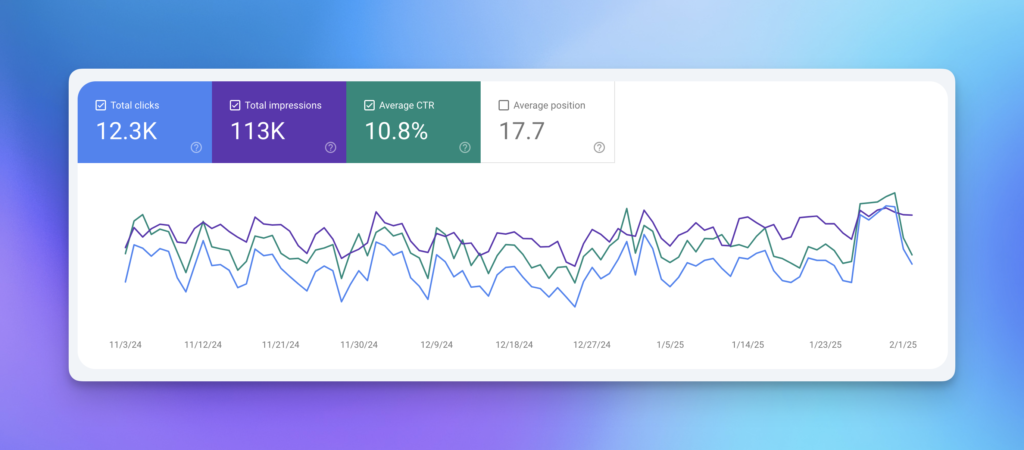
Search Console tells you how your site is performing in the Google search results, but you’ll want to dig into your Google Analytics to see how that organic search traffic is performing.
In GA, you’ll want to look at where your traffic is coming from. Traffic from search engines is called Organic – keep an eye on how much traffic you’re getting, how much those visitors are engaging with your site, and how often those visitors are converting to leads (called “Key Events” in GA).
When your SEO is working, you’ll see:
- More traffic from Organic search sources like Google and Bing
- More engaged visitors who are interested in your site and your content
- More leads converting from Organic sources (and often, a higher percentage of leads are coming from search)
Note: Google and AI tools like Perplexity are getting way better at surfacing answers for shoppers without sending that traffic through to your website. These are called zero-click searches – they’re not necessarily bad for multifamily marketers (as long as the shopper is finding the info they want about you) … but this does muddy the water quite a bit when you’re trying to quantify how your SEO is performing.
Remember, people search in lots of different ways. For prospects searching by location, you’ll also want to check your GBP, Yelp page, and other local listings to see how people are finding your other outposts in local searches. Many of those local directories offer their own reporting tools to show you how you’re being discovered in Google Maps and other local search channels.
Are people searching for my brand?
In Google Search Console, you can also see Queries, the phrases that people use to find you in search results.
When you check those queries, you’ll likely see that a number of shoppers searched for you by name. The more you do to build a recognized, trusted brand, the more shoppers will start to seek you out directly (instead of searching for unbranded local keywords first).
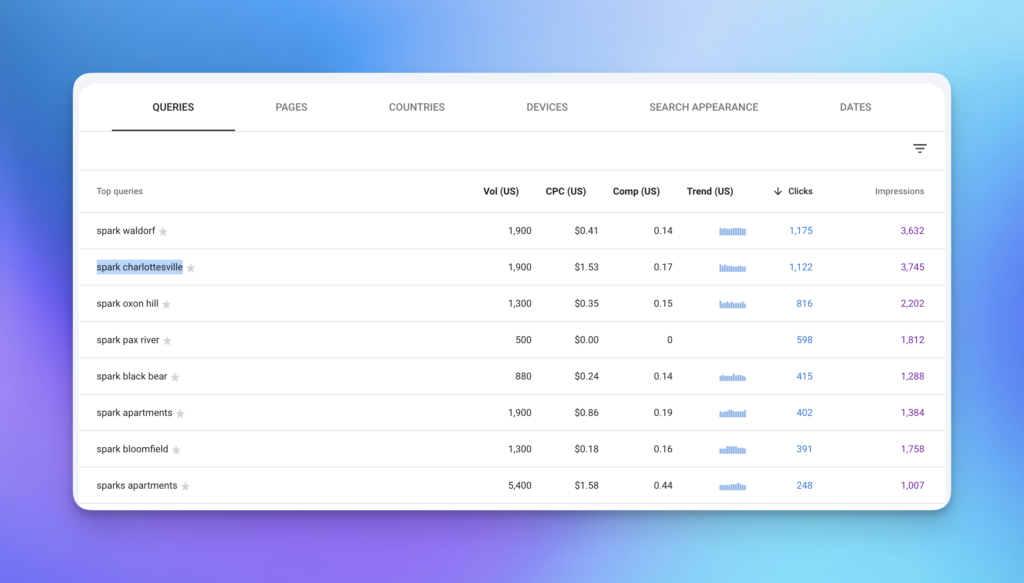
Over time, as you build your brand, look to these Queries as well as your GA data. You’ll know it’s working when you start to see a steady increase in the number of shoppers seeking you out by name.
Should I build a strong brand or focus on SEO? Yes.
Brand helps you go beyond search. When you build a recognized brand, you build an ambient trust that helps increase clicks and conversions across every channel, and especially search. And even better, every property helps to build on the next one – it just reinforces itself as you grow your portfolio.
Think about it. If you’re going to book a rental car or hotel for your next trip, you’re more likely to go with a brand you recognize. And in many cases, you’ll probably even spend a little more specifically to go with the brand you trust.
Apply that same thought process to multifamily.
A prospect who isn’t sure what they want yet will start their search with something broad and usually location-specific — something like best apartments in Colorado Springs.
Your SEO does the work to get you on their initial list of options. You’re helping the search engine (or AI chatbot) serve you as a potential answer to their search.
But what happens next? Without brand, you’re forcing yourself to compete on other factors like price and ratings.
Investing in both brand and SEO is a move that delivers undeniable benefits. A strong brand establishes trust, recognition, and consistency, while SEO ensures visibility and accessibility to your target audience.
Combining the two creates a powerful marketing machine that sets you apart from competitors, drives more qualified traffic to your website, and ultimately boosts conversions at every step of the process – from initial discovery all the way through to retention and renewal.
